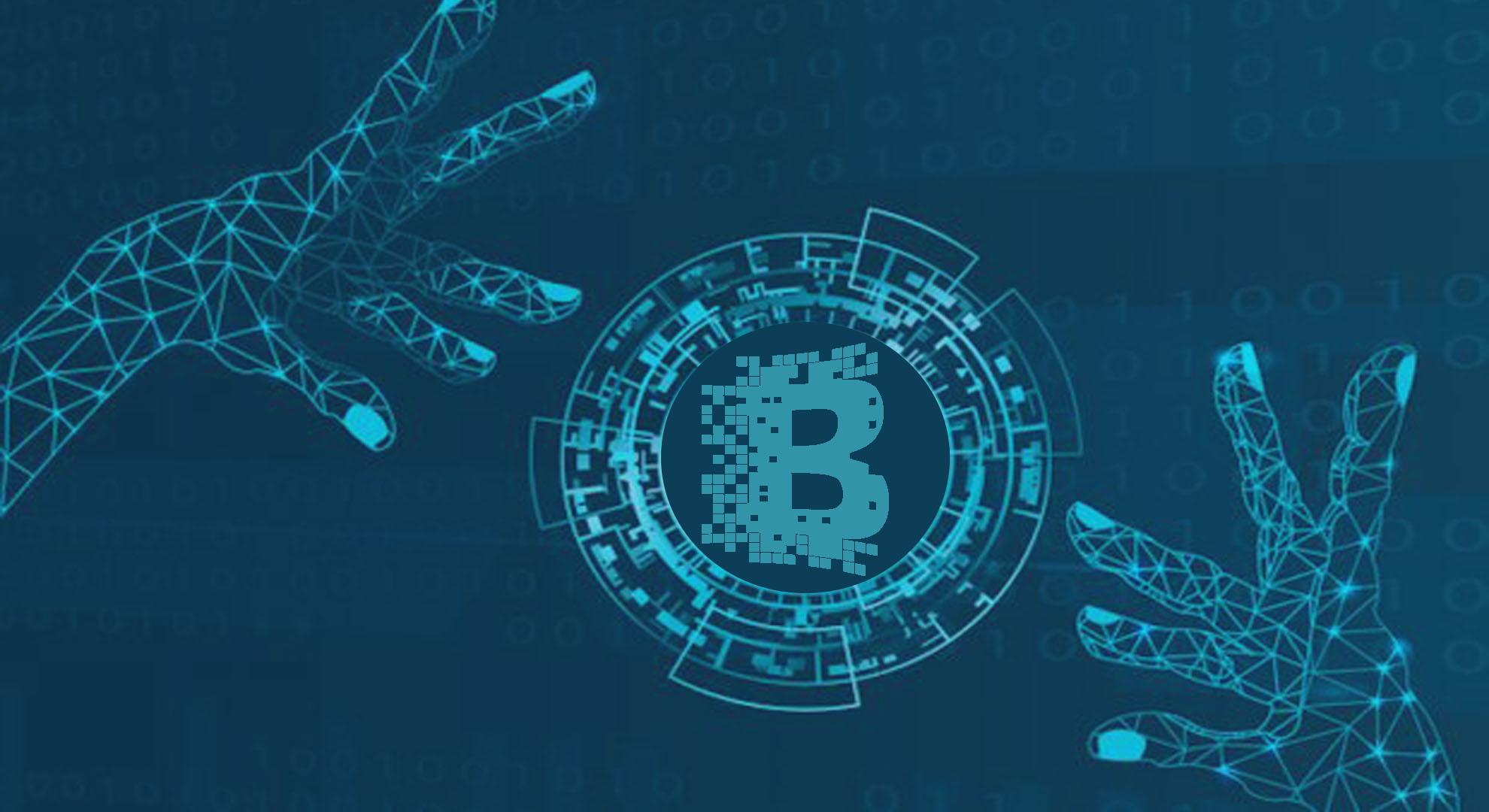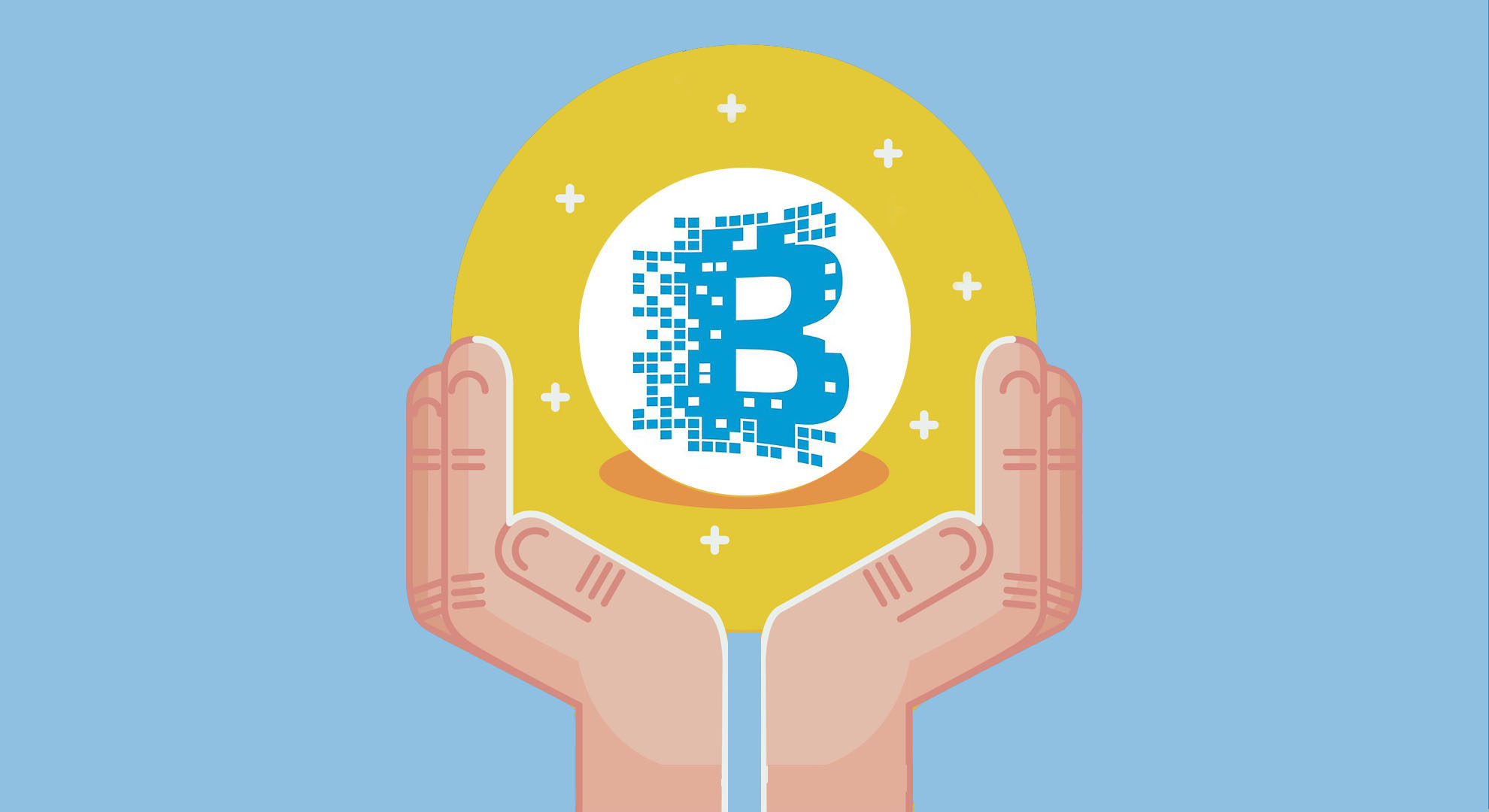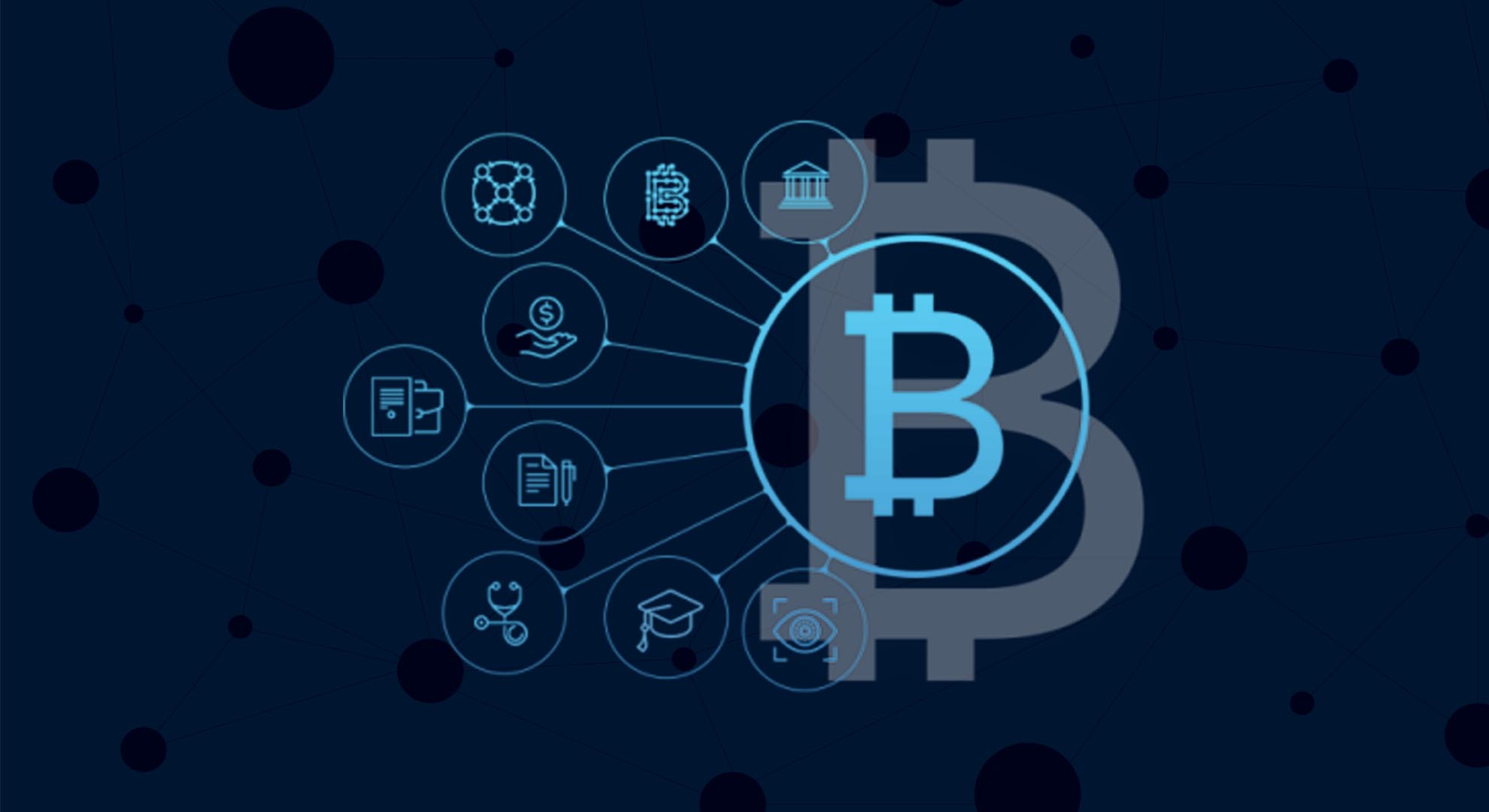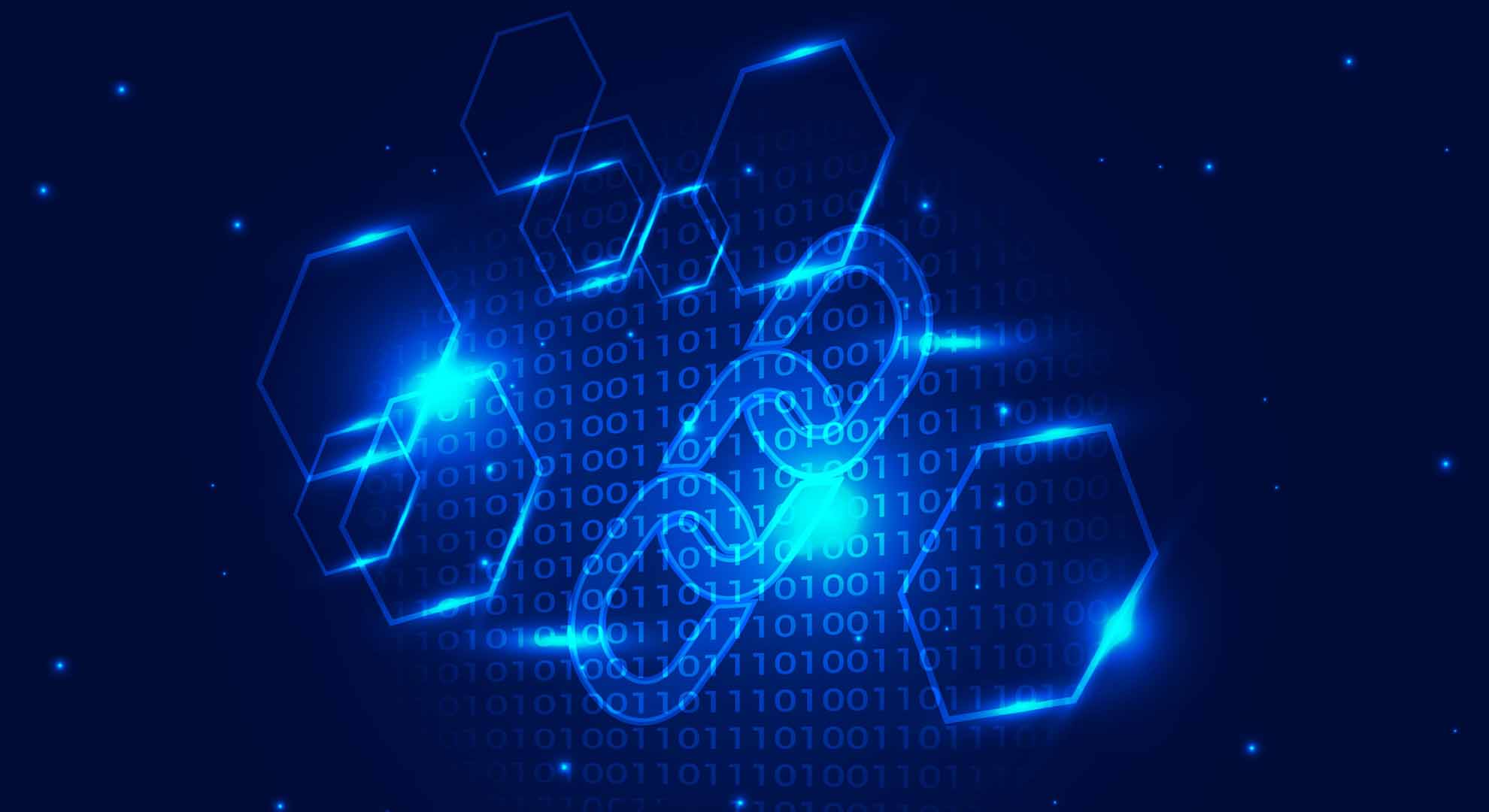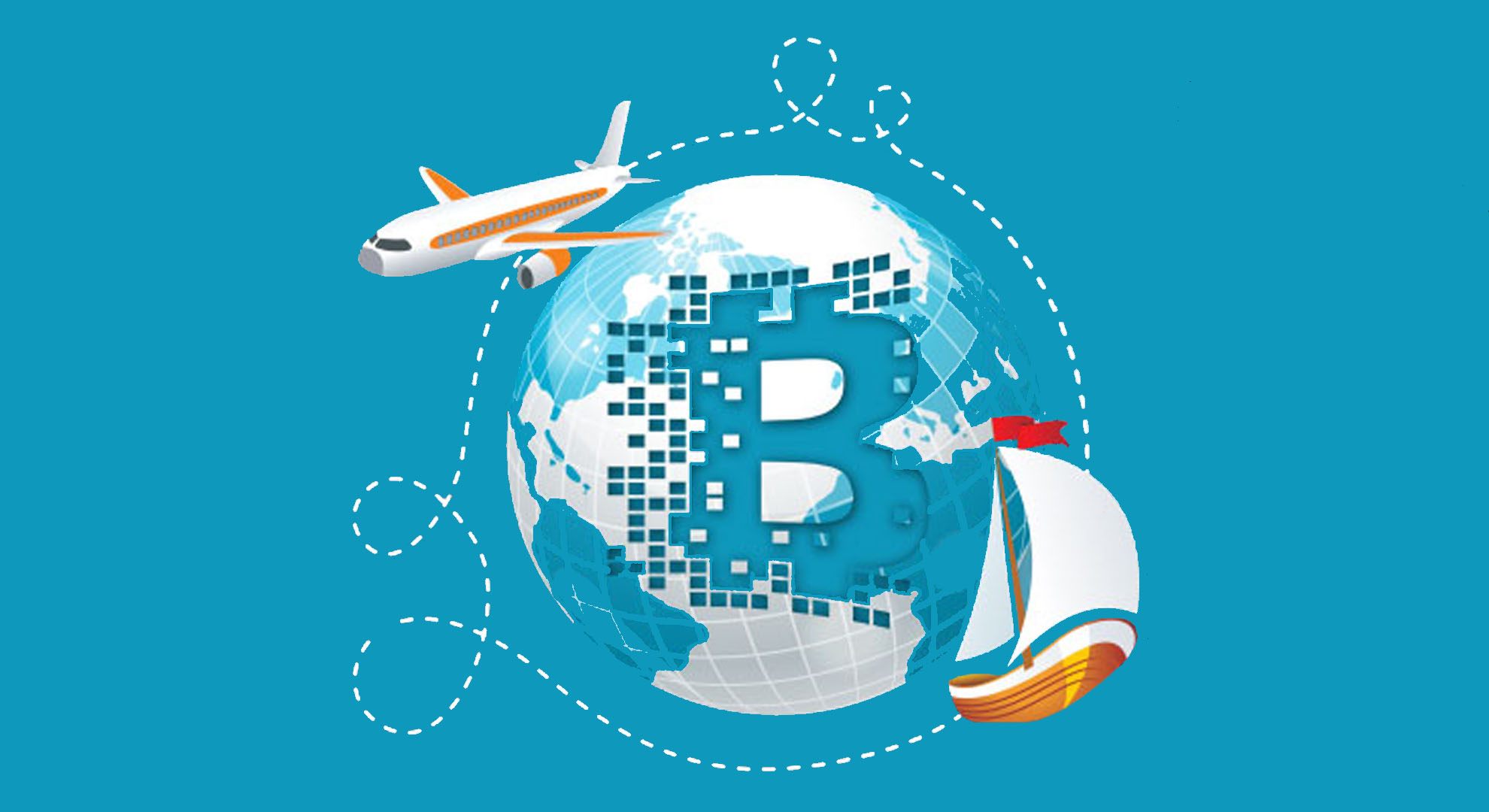Many blockchain-inspired projects have been initiated, over the past few years. Majority of them are distributed ledger systems and not technically blockchains.
Let us decode, how to begin with blockchain software development in only eight simple steps.
1. Identify an Appropriate Use-case
Nowadays, there is a lot of hype around blockchain. Therefore, the first step is to identify an appropriate use-case that makes business sense. Here are 3 things that blockchains can do very well:
- Data Verification and Authentication: This encompasses encryption, digital signatures, and immutable storage. Data can be saved in almost every format in the blockchain. It can develop public-private key pairs and also be utilized for producing and authenticating digital signatures.
- Smart Asset Management: This encompass issuance, payment, exchange, escrow, and retirement. A crypto/smart asset is the tokenized form of an actual world asset like land, oil, gold, and silver.
- Smart Contracts: This is a term most frequently misinterpreted, nevertheless that is something for another day.
2. Identify the Most Appropriate Agreement Mechanism
The real blockchain, which controls the bitcoin crypto-currency, adopted proof of work as an agreement mechanism. However, these days there are various distributed ledger systems that provide a host of consensus mechanisms such as Round Robin and Delegated Proof of Sake, Federated consensus, Simplified Byzantine Fault Tolerance, Redundant Byzantine Fault Tolerance, Derived PBFT, Proof of Elapsed Time, Federated Byzantine Agreement, Deposit based consensus, Byzantine fault tolerant and proof of stake. You are required to select the consensus mechanism that makes the most sense, relying on your use-cases.
3. Identify the Most Suitable Platform
Nowadays, there are numerous blockchain platforms in this world. Majority of them are open source and free. You are required to opt for the most suitable blockchain platform, depending on the consensus mechanism you selected in step 2.
Few of the most famous blockchain platform encompass; Symbiont Assembly, Stellar, Quorum, Openchain, Multichain, Hyperledger Sawtooth Lake, Hyperledger Iroha, Hyperledger Fabric, HydraChain, Ethereum, Eris: DB, Elements Blockchain Platform, Domus Tower Blockchain, Credits, Corda, Chain Core, and BigChainDB.
4. Designing the Nodes
There are many types of blockchain solution; permission-less (e.g. Bitcoin, where anyone can be minor) or permission (e.g. Government run land registry). They also can be public (i.e. an asset supported by cryptocurrency), private (e.g. a contract managing system executed in a medicinal company) or hybrid (e.g. a set of banks operating a mutual KYC platform).
Whether the nodes will run on the cloud, on-premise or both, is one more factor to take into consideration at this point. After this, there are hardware issues like disk size, memory or processors. You are also required to decide on the base of operating systems like Windows, Red Hat, Fedora, Debian, CentOs, and Ubuntu.
5. Design the Blockchain Instance
Majority of the blockchain platforms require extremely carefully planned shape for the elements such as
- Consents
- Asset issuance
- Asset re-issuance
- Atomic exchanges
- Key supervision
- Multi signatures
- Limits
- Native assets
- Address formats
- Key Formats
- Block signatures
- Hand-shaking
A few parameters can be modified at run-time. However, some cannot; therefore it is a very crucial stage.
6. Building the APIs
Some of the blockchain platforms readymade APIs whereas some do not have them. The main categories of APIs that you would require are for the following.
- Producing addresses and key pairs
- Executing functions related to audit
- Data authentication through digital hashes and signatures
- Data storage and recovery
- Smart-asset lifecycle management that encompasses; issuance, payment, exchange, escrow, and retirement
- Smart contracts
7. Design the Admin and User Interface
At this point, you would require to select the front end and programming languages. These programming languages encompass Angular JS Nodejs, Solidity, Golang, Ruby, Python, Javascript, Java, C#, PHP, CSS, PHP, HTML5. In addition, you would require to select external databases like MongoDB & MySQL, and servers like mail servers, FTP servers, and web servers.
8. Adding Future Tech
You can seriously improve the power of your Blockchain solution by assimilating Artificial Intelligence, Machine Learning, Internet of Things (IoT), Data Analytics, Containers, Cognitive Services, cloud, Bots, and Biometrics.

